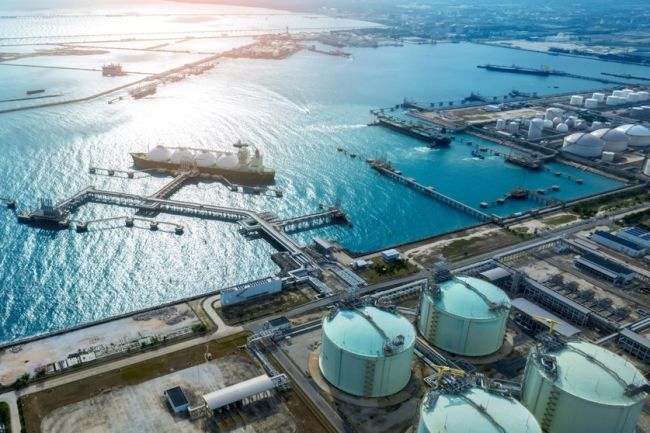Cheniere announced a sale and purchase agreement (SPA) with Japanese utility Jera on Aug. 7.
The deal capped off a second quarter in which the company reported $4.64 billion in revenue and reached a final investment decision (FID) on the next two trains for its Corpus Christi facility.
“We’ve enjoyed a long and successful commercial relationship with Jera on shorter-term business, and we are excited to expand that relationship with this long-term SPA that extends through 2050,” said Jack Fusco, Cheniere president and CEO.
Jera agreed to purchase up to 1 million tonnes per annum (mtpa) of LNG from Cheniere for 20 years, starting in 2029. The deal had been publicized as part of a campaign to showcase growing demand for U.S. LNG from Asia.
Cheniere and Jera’s pending agreement was part of a celebration hyped by President Donald Trump’s administration in June. The Japanese utility simultaneously helped its government in ongoing trade negotiations with the White House and to diversify the Asian country’s LNG sources.
Jera agreed to separate LNG supply deals totaling 5.5 mtpa with NextDecade, Commonwealth, Sempra and Cheniere. The deals with NextDecade and Commonwealth were finalized by the time of the announcement. Sempra announced a final contract in July.
The company reported a drop in overall exports to Asia, driven by China cutting off U.S. LNG imports during its trade disagreement with the Trump administration. The biggest LNG customer in Asia responded by cutting back on its U.S. LNG shipments and increasing its supply from other countries.
“We’re witnessing the impact of China utilizing flexibility in its supply portfolio as a significant balancing force in the global LNG market,” said Anatol Feygin, Cheniere’s chief commercial officer.
While China remains an ongoing factor in volatility, Cheniere noted that other countries in the region continue to expand their LNG intakes to meet increasing power demand needs.
“South and Southeast Asia remain a key LNG market, roughly equivalent to China in terms of LNG market size, and remains a key pillar of future LNG demand growth in Asia,” Feygin said.
RELATED
Eastern Shuffle: Asian Markets Pivot as China Pauses US LNG Imports
European LNG imports rose by 25% over the same time frame from 2024. The continent has struggled to restock its storage of natural gas following last winter.
For the second quarter, the company focused on growth. Fusco began the second quarter earnings call by highlighting the FID taken on the Corpus Christi Midscale Trains 8 and 9. The facilities will add 5 mtpa by 2028, if completed on schedule.
The company spent almost $900 million in capex over the quarter, surpassing analysts’ expectations. However, some analysts saw the spending increase as a viable business decision during times of high demand.
“While capex came in higher than expectations, we believe the market will largely overlook this given the spending was directed to high-value growth projects,” said Jefferies, an analytical firm in a report on Cheniere’s results.
